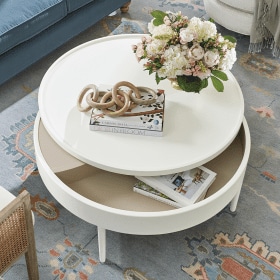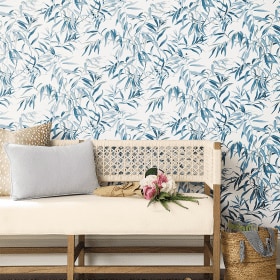 Faux greenery has sprouted into a go-to staple of 21st century home decor, but you might be surprised just how long these artificial additions have been a part of interior design’s history.
Faux greenery has sprouted into a go-to staple of 21st century home decor, but you might be surprised just how long these artificial additions have been a part of interior design’s history.
For nearly a millennia lifelike plant replicas have brought a vibrant touch of green to indoor rooms with no natural light, have served as helpful accents to outdoor seating areas, and, to state the obvious, require no prior botany knowledge other than a love for plant aesthetics.
After refreshing our own outdoor patios with beautiful faux boxwoods this past Spring, our writing team asked a question we had never considered before: what are the origins of faux greenery?
Join us in this special blog post as we take a journey through history to explore the story of artificial plants. We’ll be tracing their faux roots back to ancient civilizations and unveiling their transformation into the innovative, life-like recreations we know and love today.
The Ancient Origins of Faux Greenery:

Image courtesy of eruo.eseuro.com
The desire to artificially mimic nature can be traced back long before the invention of plastic planters.
As early as 2800 BCE, for instance, the ancient Egyptians fashioned beautiful imitations of plant bundles in their homes using materials such as reeds and papyrus. These replicas were primarily used in religious ceremonies and as offerings to deities.
Similarly to the Egyptians, the Romans created artificial laurel wreaths and garlands out of long-lasting natural materials, primarily incorporating them into various celebrations and events.
Many other ancient cultures such as the Greeks, Persians, and Chinese found ways to mimic nature with artificial arrangements that were primarily used for ceremonial purposes. It wasn’t until the early Victorian Era that faux greenery became something 21st century home decorators would begin to recognize.
Victorian Era and Industrial Revolution:

“The Clerkenwell Flower Makers,” Image courtesy of picryl.com
Despite many ancient cultures crafting beautiful and long-lasting faux arrangements, the 19th century marked a significant turning point in the popularity and access of artificial plants.
The Victorian era, with its love for ornate decorations, saw the rise of highly skilled artisans who meticulously crafted artificial flowers from silk, velvet, and other fabrics. These intricate floral arrangements adorned homes, clothing, and even hats, allowing individuals to enjoy the beauty of nature regardless of the season.
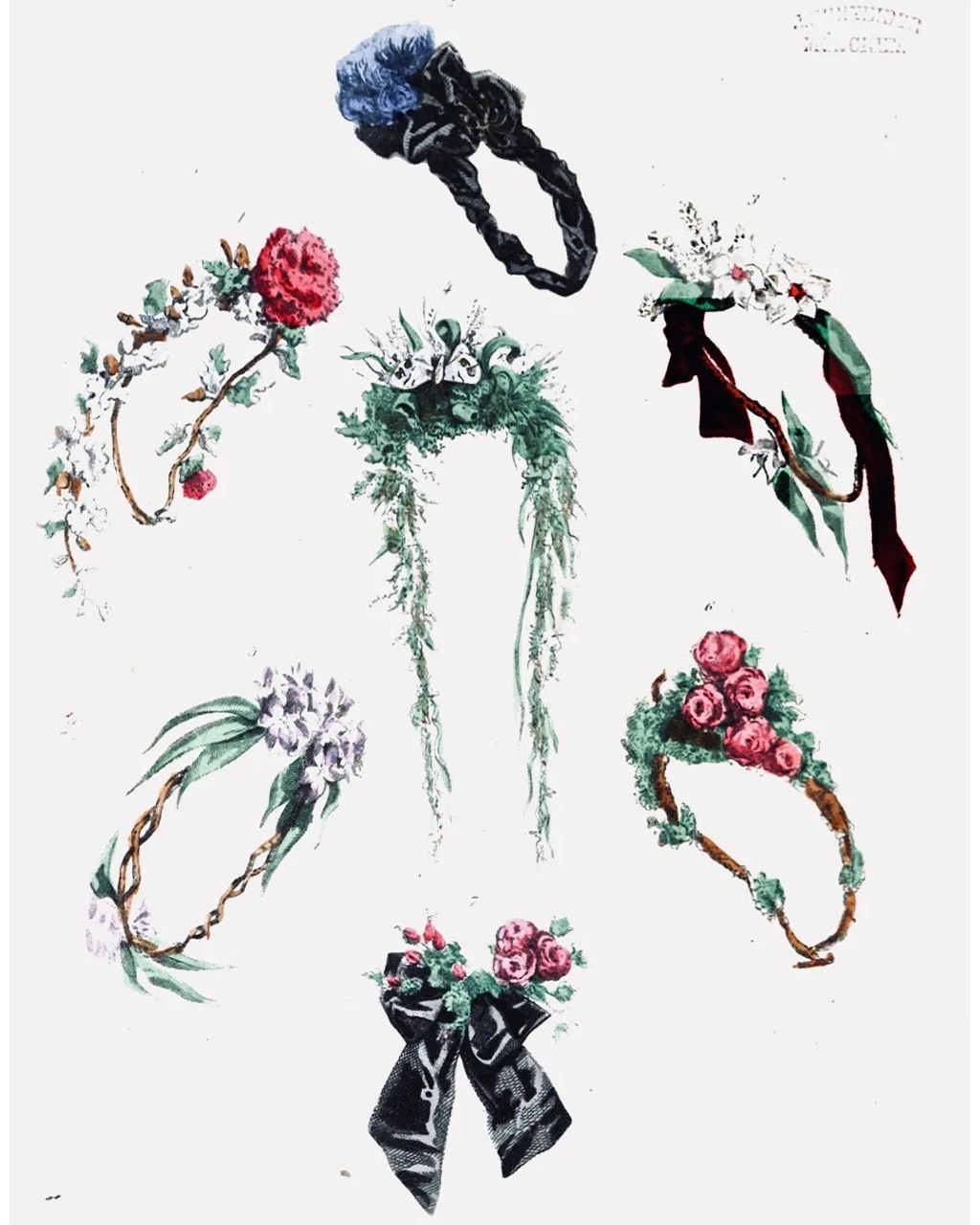
Image courtesy of intwined.com
The Industrial Revolution also brought about a revolution in the production of faux greenery similar to the change in wallpaper production we recently covered on the How to Decorate blog.
With the invention of machinery and the mass production of materials, the production process became more streamlined, allowing for the creation of larger quantities at a faster pace. New and cheaper materials like celluloid and plastic also saw their first emergence as popular choices for crafting artificial foliage, further advancing public accessibility to faux plants.
Mid-20th Century Advancements:
By the mid-20th century, technological advancements allowed significant advancements in the development and life-like aesthetic of artificial plants.
As plastics became more readily available and affordable, manufacturers embraced this versatile material. Plastic plants offered increased durability, realism, and low maintenance, making them an appealing alternative to natural plants.
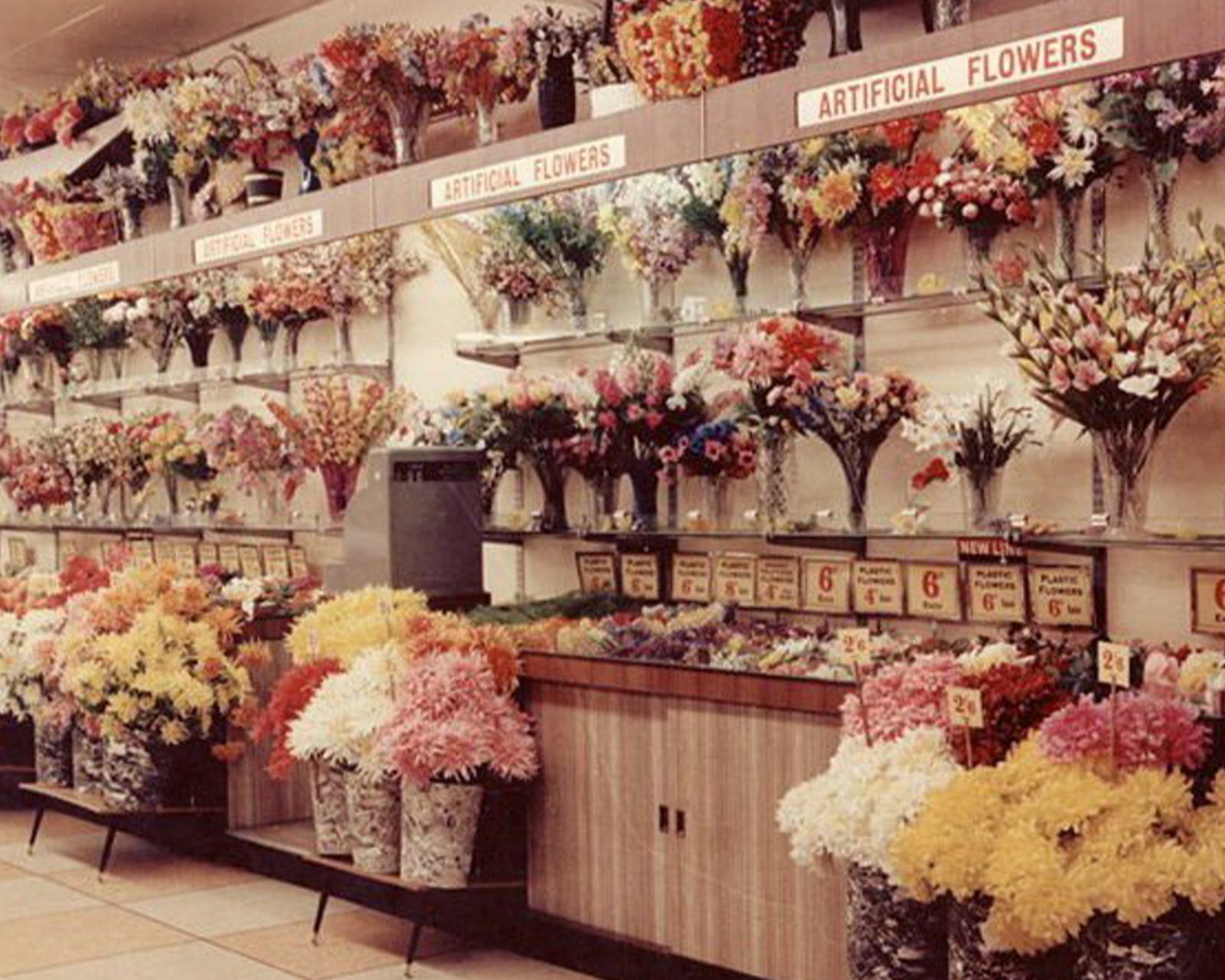
Image courtesy of The Woolworth Museum
In the 1950s and 1960s specifically, the popularity of artificial plants (and fruit) soared, coinciding with the mid-century modern design movement. Those that lived through this time or have relatives who did know exactly what aesthetic we’re talking about.
Plastic plants perfectly complemented the clean lines and minimalist aesthetics of this era. They found their way into homes, offices, and public spaces, adding a touch of greenery without the need for constant care.
Today’s Life-Like Faux Greenery:
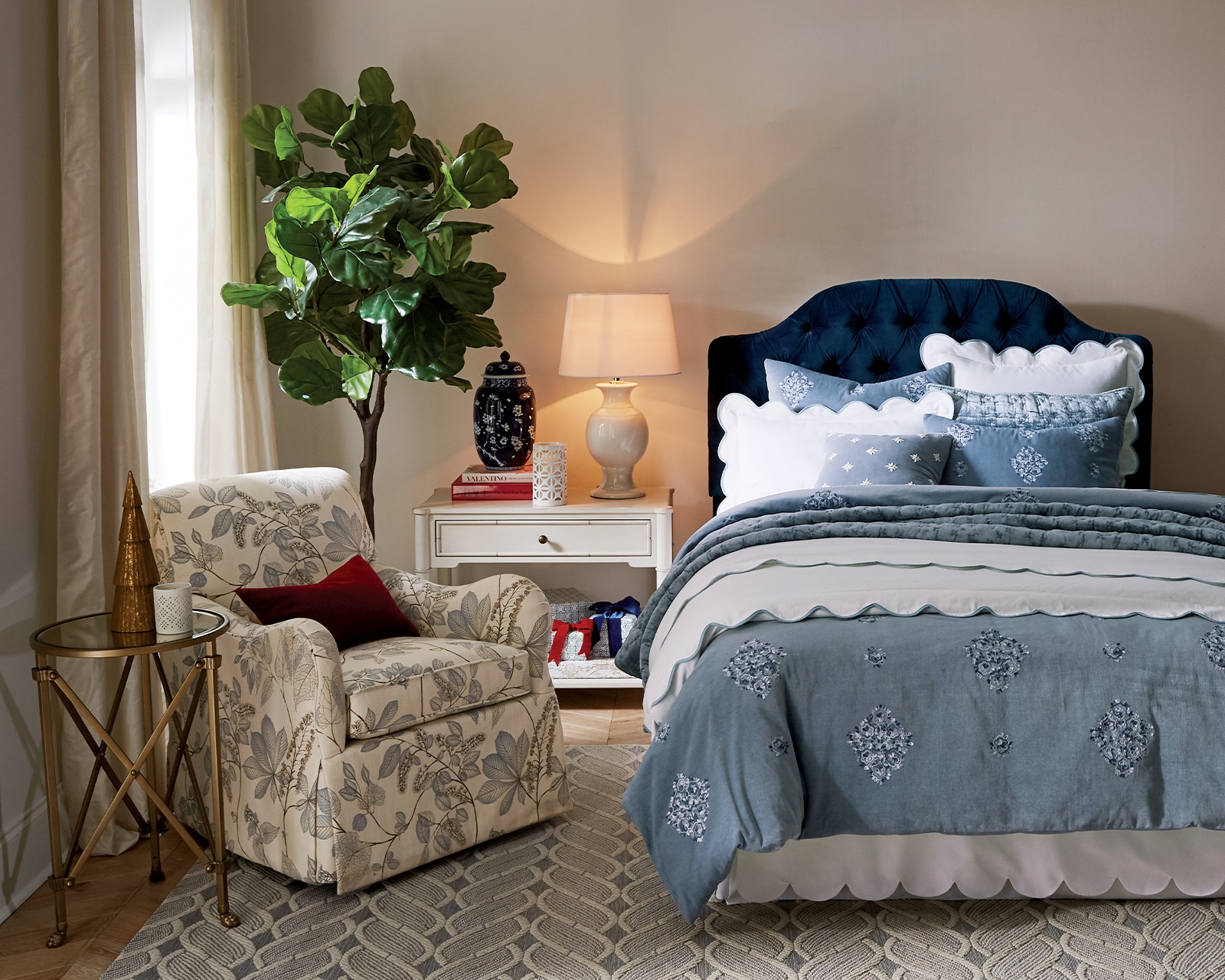
Our Bunny Williams Faux Fiddle Leaf Tree in a bedroom corner
Today, artificial plants come in an astonishing variety, replicating everything from flower arrangements, trees, moss, fiddle leaf plants, and much, much more.
Silk, polyester, and other high-quality fabrics now mimic the texture and appearance of natural leaves and petals, often indistinguishable from the real thing.
Additionally, most faux greenery now features advanced features such as UV resistance, flame retardancy, and water resistance, making it a suitable option for indoor and outdoor decorating.

The real history of faux greenery might be a long one, but it’s led us to the truly life-like state of faux greenery we love adorning our homes with today. See what one of our favorite designers, Bunny Williams, has to say about decorating with faux greenery:
Here at Ballard Designs, although we also still love to add real plants and botanicals in our house, there are some areas of the home where it will never make sense. Enter: Faux Greenery.
If you are a fan of adding greenery to your home but can’t make the real stuff work, check out some of our favorite tips for styling faux plants in your own home:
To stay up to date with all things How to Decorate, sign up for our monthly newsletter or subscribe to our podcast, How to Decorate, in your podcast app.



